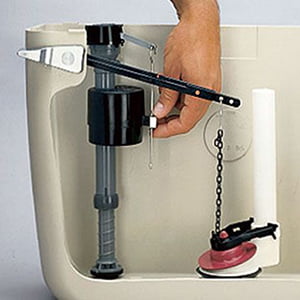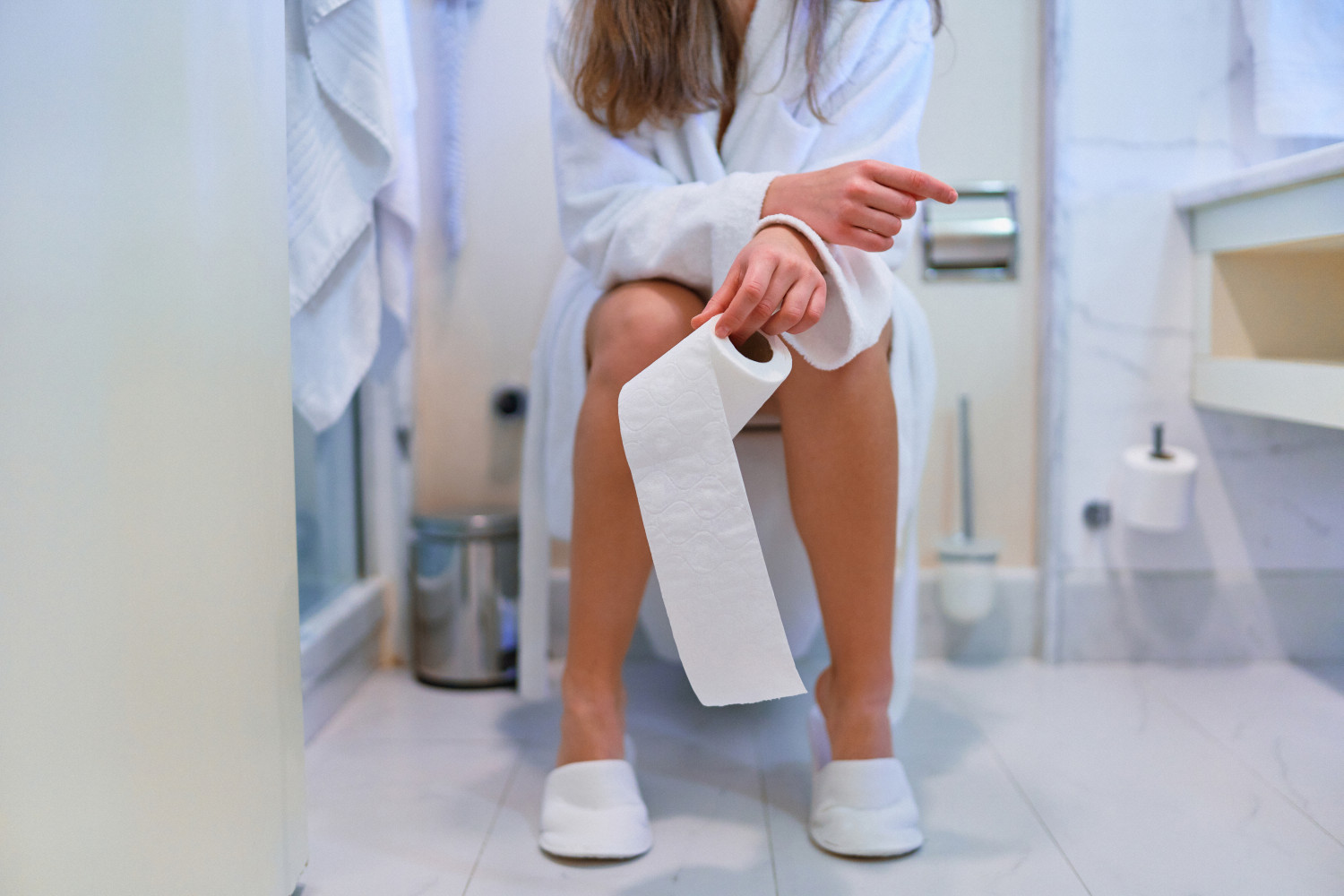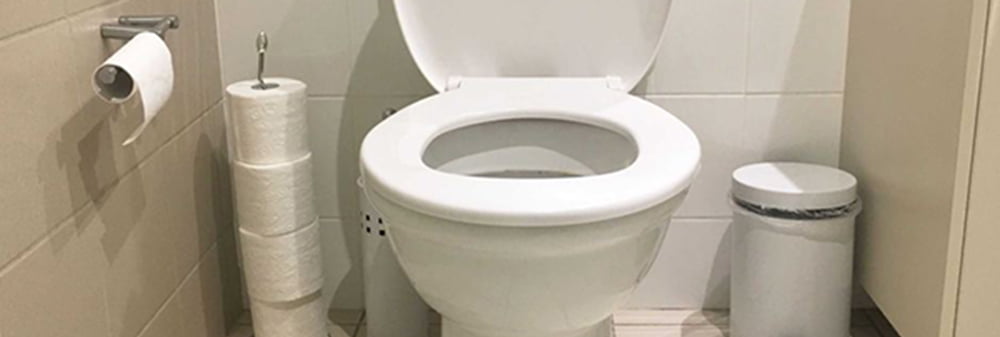Discover the mysteries of the everyday toilet problem, unveil common plumbing issues, and get hands-on guidance on fixing them yourself. Dive deep into the plumb-world and save yourself a call to the plumber.

1. What Makes a Toilet Flush?
The magic behind every toilet flush lies in its mechanism. When you push the flush handle, it lifts a chain inside the toilet tank, prompting the flapper valve to open. This allows water from the toilet tank to rush into the toilet bowl, initiating the flush. The fill valve then refills the tank, ready for the next use. Understanding this mechanism helps in identifying many toilet problems.
One wrong flush and you’re knee-deep in a nightmare. Think you’ve got the guts to face it alone? Think again. Call 02036748514 NOW, or get ready for disaster. Your throne, your move.
2. Why Won’t My Toilet Flush Properly?
One of the most common toilet problems is a weak or incomplete flush. This often stems from issues with the flapper not lifting completely or water level discrepancies inside the tank. To fix this, you may need to adjust the chain, check the flapper for damage, or ensure the water level is at the top of the overflow tube.
3. Toilet Tank Leaks: Cause and Solutions?
Water around the base of your toilet might indicate a toilet tank leak. This usually originates from issues like a damaged flush valve or worn-out seals. To solve the problem, inspect the flush valve for signs of wear and check if the refill tube is positioned correctly. Replacing a faulty flush valve or tightening a loose nut inside the tank can often rectify the issue.
4. Clogged Toilet: What To Do?
A clogged toilet can be a homeowner’s worst nightmare. Common culprits include excessive toilet paper, foreign objects, or mineral deposits. Your first line of defense? A good old toilet plunger. For tougher clogs, you might need a toilet auger. Remember, when facing persistent clogs, it’s always wise to call a plumber. If you are wondering about on How to Unblock Toilet Without Plunger, I have to say yes you can do that too.
5. Running Toilet: Why Does It Happen?
A running toilet wastes water and can hike up your utility bills. This problem often lies in a faulty flapper, fill valve, or overflow tube. First, check the flapper. If it doesn’t seal properly, water from the tank will continuously flow into the bowl. Adjusting or replacing the flapper, inspecting the water level, or ensuring the refill tube isn’t too deep can typically fix your running toilet.
6. Loose or Wiggly Toilet Seat: How to Fix?
Over time, the toilet seat may become loose or wiggly. It’s not just an annoyance; it can also be a safety concern. Tightening the nuts and bolts usually does the trick. However, if the old toilet seat is damaged, consider replacing it with a new toilet seat, possibly one with a slow-close feature for added convenience.
7. Cracked Toilet: Signs and Solutions
A visible crack in the toilet bowl or tank warrants immediate attention. While minor cracks might not leak initially, they can eventually lead to bigger issues. In this case, replacing the entire toilet is often the best solution. Don’t wait too long; a cracked toilet can cause significant water damage.
8. Toilet Base Leaks: Preventive Measures
If water puddles around the toilet base, it might be a sign of a failing wax ring. The wax ring seals the toilet to the floor, preventing leaks. To address this, you’d typically need to remove the toilet and replace the wax ring. Ensuring a proper fit and routinely checking can prevent such leaks.
9. Replacing a Toilet: When and How?
While many toilet problems can be fixed, sometimes replacement is the more cost-effective solution. Signs like persistent clogging, cracks, or excessive age can all indicate the need for a new toilet. When replacing, ensure you shut off the water supply, remove the old unit properly, and install the new one following manufacturer guidelines.
Toilet Maintenance: Preventing Common Problems
Regular checks and minor fixes can prevent many common toilet problems. Ensure water levels are correct, regularly inspect toilet parts for wear, and clean out mineral deposits. Remember, if you’re uncomfortable or unsure about dealing with any common plumbing problem, it’s always best to call a professional plumber to avoid causing further damage.
How do you diagnose a bad toilet?
Diagnosing a bad toilet involves identifying potential problems. Examine it thoroughly for cracks in the tank or bowl, water leaks on the floor or around the base, weak or inconsistent flushing power, constantly running water, or irregular or unusual sounds during or after flushing. The presence of any of these issues may indicate a malfunction.
Why does my toilet suddenly have a weak flush?
A sudden weak flush in your toilet can be due to several reasons. One of the most common causes is a blockage in the pipes or the toilet itself, preventing the water from flowing freely. Other causes may include issues with the water supply line, a malfunctioning fill valve or flapper, or an improperly adjusted float. Aging toilet models may also experience reduced flushing power over time. Identifying the source of the problem is the first step towards fixing it.
How do I stop my toilet from constantly running water?
To stop your toilet from constantly running water, you primarily need to identify the cause. Common reasons include a flapper that doesn’t seal properly, an incorrect float height or a fill valve issue. Start by checking the flapper. If it is damaged or warped, replace it. The toilet might also run if the float height is incorrect. Adjust it so the fill valve shuts off when the tank is filled. If these steps don’t resolve the problem, examine the fill valve. If the valve is defective or excessively dirty, you may need to replace it. Finally, check for leaks and fix them promptly.
How do you know if you have a defective toilet?
A defective toilet can cause various issues ranging from increased water bills to unpleasant odors. Indicators of a defective toilet generally include constantly running water, weak flushing, or leaks around the base. If the toilet doesn’t stop filling up after flushing or if it takes multiple attempts to flush successfully, it is likely defective. Unusual noises are another clue – if it whistles, gurgles or groans, it might require repair. Additionally, a visible crack on the tank or bowl is an obvious sign of a defective toilet. Lastly, a persisting bad smell can suggest hidden leaks or issues with the sewage line.
What is the most common reason a toilet won’t stop running?
The most common reason for a toilet that won’t stop running is a problem with the fill valve. This valve controls the water that refills the tank after each flush. If it’s damaged or set incorrectly, the tank may continually fill with water, causing the toilet to run constantly.
Key Takeaways
- The flapper and fill valve are essential components of the toilet flushing mechanism.
- Regular maintenance can prevent many common toilet issues.
- A clogged toilet often requires a plunger or toilet auger.
- Water around the toilet base might indicate a leak from the tank or a failing wax ring.
- If your toilet is old, cracked, or persistently problematic, replacing it might be the best solution.



